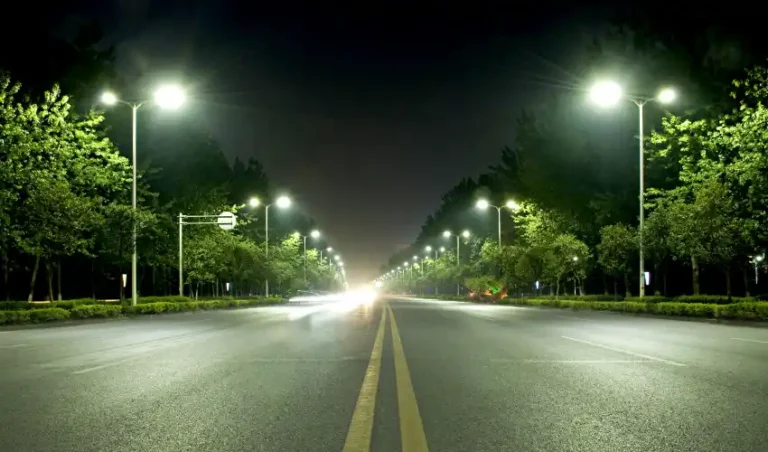In our rapidly evolving urban landscape, Street Light Control systems have become imperative. Not only do they offer energy efficiency and cost savings, but they also significantly contribute to creating safer and more sustainable communities. In this detailed guide, we’ll explore the ins and outs of street light control systems, how they work, their benefits, and what the future holds for this innovative technology.
Street Light Control: An Overview
Street light control systems are revolutionizing the way we illuminate our cities. By leveraging advanced technologies, these systems offer improved efficiency, cost savings, and enhanced safety.
Street Light Control Systems offer:
- Enhanced energy efficiency
- Reduced operational costs
- Improved safety and security
Understanding Street Light Control Systems
Street light control systems utilize a combination of sensors, controllers, and communication technology to manage and control street lighting. These systems can be programmed to adjust lighting levels based on factors such as time of day, weather conditions, and motion detection.
Working Principle of Street Light Control Systems
Street light control systems use:
- Sensors to detect ambient light levels
- Controllers to process sensor data
- Communication technology to adjust lighting levels
Benefits of Street Light Control Systems
Street light control systems offer a wide range of benefits, including:
- Energy efficiency: By adjusting lighting levels based on real-time conditions, street light control systems help minimize energy consumption.
- Cost savings: Reduced energy consumption leads to lower electricity bills and reduced maintenance costs.
- Enhanced safety: By ensuring optimal lighting levels, street light control systems help create safer streets and reduce the risk of accidents and crime.
Future Trends in Street Light Control
The future of street light control is promising, with ongoing advancements in technology and increased adoption of smart city initiatives.
Smart City Integration
Street light control systems are an integral part of the smart city concept, where interconnected devices and sensors work together to improve the quality of urban life.
IoT Integration
The integration of street light control systems with the Internet of Things (IoT) allows for real-time monitoring and control, leading to further optimization and efficiency.
Frequently Asked Questions (FAQs)
Q: How do street light control systems contribute to energy savings?
Street light control systems use sensors to detect ambient light levels and adjust lighting levels accordingly, minimizing energy consumption during periods of low activity.
Q: Can street light control systems be integrated with existing infrastructure?
Yes, street light control systems are designed to be compatible with existing infrastructure, making them easy to install and implement.
Q: Are street light control systems cost-effective?
Yes, street light control systems offer significant cost savings through reduced energy consumption and maintenance costs.
Q: How do street light control systems improve safety?
By ensuring optimal lighting levels, street light control systems help create safer streets and reduce the risk of accidents and crime.
Q: Can street light control systems be customized to specific requirements?
Yes, street light control systems can be customized to meet the specific needs of different environments, allowing for greater flexibility and efficiency.
Q: What is the future of street light control systems?
The future of street light control systems is promising, with ongoing advancements in technology and increased adoption of smart city initiatives.
Conclusion:
Street light control systems are revolutionizing urban landscapes, offering improved energy efficiency, cost savings, and enhanced safety. With ongoing advancements in technology and increased adoption of smart city initiatives, the future of street light control looks brighter than ever.
